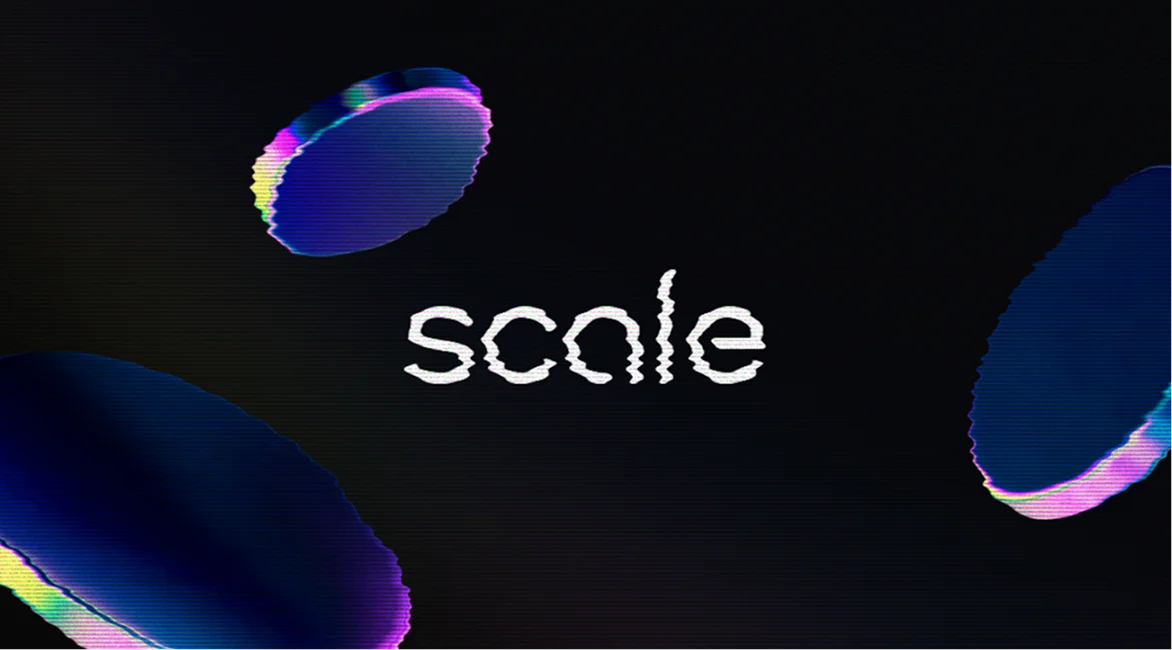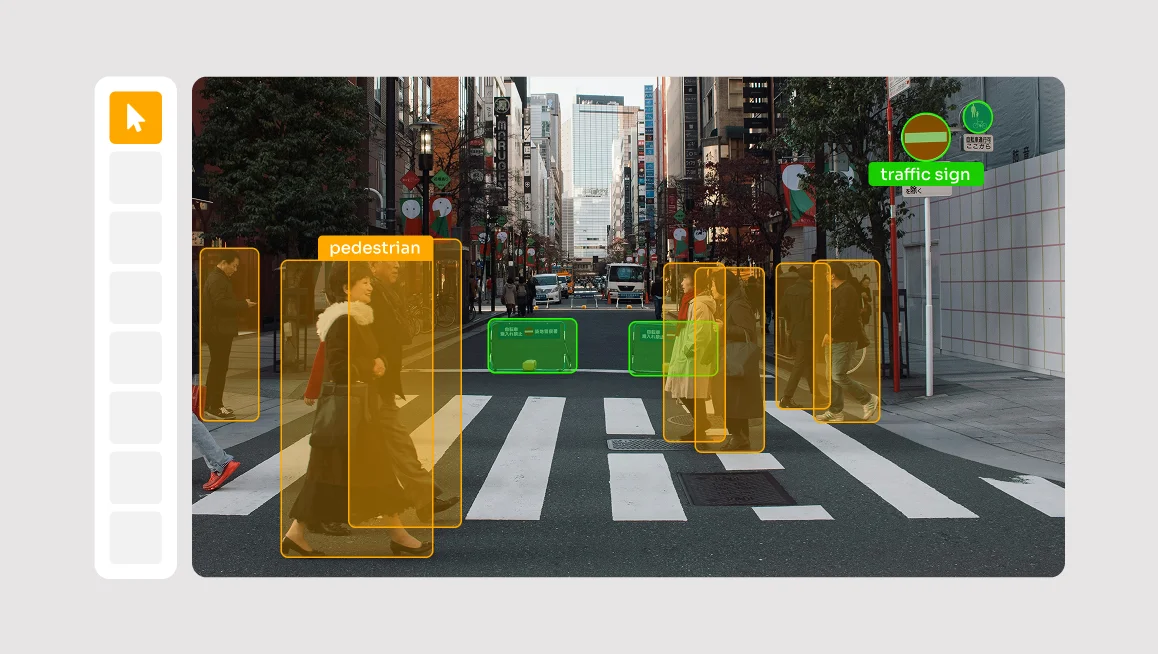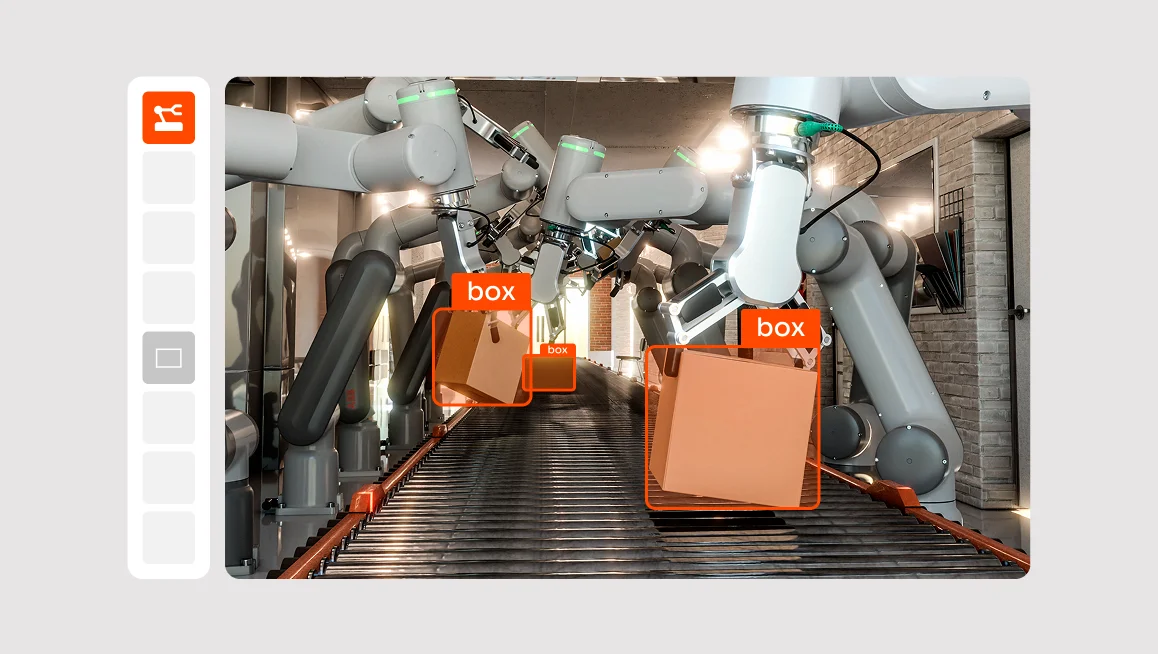In early June, Business Insider and other outlets reported that Scale AI had left at least 85 Google Docs publicly accessible, which exposed thousands of pages of confidential AI (Artificial Intelligence) and ML (Machine Learning) project materials tied to clients like Meta, Google, and xAI.
These documents included internal training guidelines, proprietary prompts, audio examples labeled "confidential," and even contractor performance data and private email addresses.
The leak wasn’t just an operational lapse, it highlighted a growing risk that AI and ML teams can no longer ignore. When confidential data is exposed, it can compromise AI model integrity, violate data agreements, and erode your competitive advantage.
Scale AI’s Leak Is a Cautionary Tale for the Industry
The Scale AI breach serves as a stark warning for enterprises across the AI and ML landscape. When third-party vendors entrusted with high-value training data leaves sensitive documents publicly accessible, it reveals systemic lapses in access control and data security
While no malicious breach occurred, the scope of exposure reveals deep systemic risks that extend far beyond simple oversight.
Four Key Risks Surfaced From the Leak:
- Confidential Client Data Exposure: Documents related to AI model training for companies like xAI and Bard (Google) were accessible to anyone with the link. These files detailed labeling instructions and dataset structures, exposing sensitive technical workflows and proprietary methodologies.
- Private Contractor Data Leaked: Spreadsheets with names, performance metrics, and work history of global annotation contractors were included in the leak. This not only violates privacy laws like GDPR but also risks long-term reputational harm and trust breakdown with the human workforce underpinning AI development.
- Editable Files Created Tampering Risks: Several documents were not only viewable but editable. This opened the door to potential sabotage from altering instructions, inserting malicious data, or deleting critical content, all without any authentication barrier.
- IP Leakage from Client Datasets: When proprietary data structures, labeling schemas, and annotation logic become public, they reveal how a client frames its machine learning problems. This can offer competitors rare insight into AI training projects, domain assumptions, and even model behavior.
In short, this incident highlights a glaring truth: as AI systems scale, so do the stakes of even minor security lapses.
Meta–Scale AI: When Your Labeling Vendor Becomes Your Competitor
The story doesn’t stop there though. On June 12th, 2025 Meta announced a $14.3 billion investment in Scale AI that sent shockwaves through the AI industry, not just for its size, but for what it implies.
By taking a 49% stake in one of the most widely used data labeling vendors, Meta didn’t just acquire a service provider. It embedded itself deep within the data supply chains of competing AI labs and enterprise teams.
This immediately raised uncomfortable questions. If you previously entrusted Scale with sensitive internal data, how confident are you that none of that institutional knowledge, annotation strategy, or model-adjacent metadata could now inform Meta’s roadmap? Even with supposed conflict-of-interest firewalls in place, the optics are difficult to ignore.
What happens when your annotation pipeline is owned, in part, by the company you're trying to out-innovate?
Clients like Google, OpenAI, and xAI reportedly began distancing themselves from Scale AI within days of the deal’s announcement. That reaction speaks volumes. And for many other enterprise AI leaders, this is a moment to re-evaluate who they trust at the most sensitive layers of their model development process.
Why Most Annotation Pipelines Are a Breach Waiting to Happen
The Scale AI leak revealed just how easily annotation workflows can become a liability when basic security principles are overlooked.
Despite handling sensitive datasets and proprietary model inputs, most annotation workflows remain poorly secured.
Here are some of the most common and critical vulnerabilities.
Orphaned Credentials from Ex-Contractors
The use of rotating contractor pools is standard in annotation, but many teams fail to offboard users properly.
Scale AI’s leak reportedly included internal documentation still accessible long after project completion, a sign of credential sprawl and poor deactivation hygiene. Common failure points include:
- No automated credential expiration or deactivation
- Shared logins reused across projects
- Lack of audit trails to flag old or unused accounts
Inadequate Identity Verification Across Roles and Regions
In many global labeling operations, the pressure to scale quickly and cut costs often comes at the expense of trust and traceability.
Identity verification is frequently treated as an afterthought, with teams relying on manual invites or generic user accounts to onboard annotators. For example, Scale AI’s documents were accessible through public links, some editable by anyone, which clearly highlights the lack of verified, accountable user access.
This leads to several security gaps, including:
- Weak or absent identity checks before access is granted
- No multi-factor authentication
- Inability to map user actions to verified individuals
No Fine-Grained Project-Level Access
Without project-level controls, users may see more than they should. The Scale AI leak showed internal materials were accessible by too many annotators, contractors, and managers.
This lack of compartmentalization creates several common security gaps, including:
- Broad access across unrelated client projects
- Inability to isolate users to specific datasets
- No role-based constraints on actions like exporting or editing
Why Treating Annotation Like “Just Labeling” Is a Mistake
Annotation is often seen as a routine step in the ML pipeline, but the Scale AI leak shattered that assumption. It showed that the labeling layer is not just vulnerable, but deeply entangled with a company’s intellectual property, strategic intent, and model logic.
And when organizations treat annotation as a disposable service, they often neglect essential safeguards around identity verification, access control, and data governance.
This mindset is risky. In Scale AI’s case, loosely controlled labeling environments reportedly left project-specific instructions, confidential prompts, and internal guidelines open to the public. That level of exposure can’t be undone, and the consequences extend far beyond a single document.
For enterprise AI teams, the message is clear. Labeling workflows must be treated like any production-critical environment: monitored, locked down, and governed by principle, not convenience. Anything less invites unnecessary risk.
What Enterprise ML Leaders Should Do to Protect Themselves
The Scale AI leak made one thing painfully clear: the weakest part of your AI pipeline can compromise everything else.
For enterprise ML teams who want to prioritize data security, that means treating the annotation environment as a high-risk, high-value component of the stack.
So how can you prevent your own data from becoming the next headline? It starts with a security-first approach grounded in the following enterprise principles:
Centralized Identity Management
One of the clearest failures in the Scale AI leak was access control. Documents were left open, sometimes editable, with no clear identity attribution.
In an ideal environment, every annotator, reviewer, and admin should authenticate through a centralized identity provider. This reduces credential sprawl, enables automatic deactivation, and ensures access can be instantly revoked when roles change or contracts end.
Role-Based Access Controls (RBAC)
The Scale AI leak exposed files including sensitive labeling guidelines and client-specific project data, material that should never be visible across teams or contractors.
RBAC enforces boundaries by ensuring users only access the specific projects, tools, and data required for their role. This limits unnecessary exposure and contains potential damage if a breach occurs.
Auditable Activity
Every action within the annotation environment should be logged and traceable. Without logging audit trails, you can't know when a breach occurred or who was responsible. In the Scale AI case, the trail of accountability was murky at best.
Enterprise annotation environments must track all user activity, from file access to export actions, to support compliance, detect threats, and respond quickly to any incident.
These security pillars are not optional for enterprise-grade AI projects. They’re the baseline for responsible, resilient machine learning pipelines, especially as the value and sensitivity of training data continues to rise.
How CVAT Enterprise Supports Secure Annotation at Scale
If you want to project yourself, CVAT Enterprise is the perfect option.
The first critical advantage of CVAT Enterprise is that it removes the risk of vendor lock-in. If a supplier disappears or changes their terms, customers do not have to search for a new data annotation platform. Reason being? Around 90% of CVAT’s features are available in the open-source version under the permissive MIT license, ensuring long-term access and control.
Plus, for CVAT Enterprise customers, even private modules are fully inspectable. This transparency allows organizations to verify code security, meet internal compliance requirements, and maintain complete control over their data workflows.
Getting started with CVAT is equally simple. There’s no need to contact procurement teams or wait for a sales process to run its course. Companies can download and test the open-source version immediately, evaluate its capabilities, and determine if it meets their needs.
Beyond the advantages listed above CVAT Enterprise offers numerous security features to meet the demanding operational needs of modern AI and ML teams.
Scalable Identity Management
CVAT integrates with enterprise-grade identity systems including SSO, LDAP, and SAML. This allows teams to manage access through their existing identity infrastructure, eliminating siloed logins and reducing the risk of outdated or orphaned accounts.
It also enables consistent enforcement of security policies such as password strength, session limits, and multi-factor authentication across the entire organization.
Granular Role-Based Access Control (RBAC)
With CVAT’s fine-grained RBAC and group-level permissions, organizations can tailor access by role, team, and project. Internal staff, external contractors, and QA reviewers can each be granted exactly the level of access they require.
This limits the spread of sensitive information and protects high-value datasets from accidental exposure or unauthorized use.
Flexible, Secure Deployment Options
CVAT supports both on-premise and air-gapped deployments, giving security-conscious teams complete control over their infrastructure. For organizations operating in regulated industries or with strict data residency requirements, this means training data can remain fully contained within internal networks and compliance zones.
These features make CVAT not just a powerful annotation tool, but a secure foundation for enterprise-scale AI development.
Recommended Actions to Protect Your Annotation Pipeline
The Scale AI leak is a warning about the fragility of unsecured data privacy in ML workflows. Prudent enterprise AI teams must take these proactive steps to secure their annotation environments before exposure turns into damage.
Audit Your Annotation Pipeline
The first step to securing your pipeline is performing a comprehensive review of your current workflows, tools, and access points. Understand where your vulnerabilities lie and address them systematically.
Key steps include:
- Take inventory of all annotation platforms, datasets, and projects in use
- List all active and inactive users, including third-party contractors
- Identify accounts with excessive or outdated access rights
- Map how data flows between teams, tools, and storage systems
Mandate SSO and IAM Integration
Next, you need to tightly control who can access your annotation systems by enforcing centralized identity management. This ensures consistent access policies and faster response to personnel changes.
Recommended actions:
- Require SSO, LDAP, or SAML for all annotation tools
- Disable platforms that do not support enterprise IAM
- Integrate access provisioning with your IT team’s existing workflows
- Automatically revoke credentials upon contract termination or offboarding
Treat Annotation Like a Production System
As you move forward, it’s a good idea to treat annotation environments similar to production environments, as they both contain sensitive data that powers production models. This data must be secured, monitored, and governed accordingly.
The best practices for this include:
- Enable full activity logging and keep detailed audit trails
- Monitor for anomalies such as unusual login times or data exports
- Enforce role-based access and restrict permissions by project
- Conduct periodic access reviews and compliance checks
These steps aren’t just for damage control, they are core to building resilient, secure, and trustworthy AI systems.
Training Smarter Means Securing Sooner
For AI and ML leaders, the lesson is clear: waiting until a breach occurs is too late. If your labeling workflows are open, unmonitored, or loosely governed, then your entire AI system is vulnerable.
So don’t wait until another data breach occurs, now is the time to act. That means rethinking how you manage, secure, and monitor every part of the annotation process.
This is where CVAT Enterprise comes in. As an enterprise-ready platform, it gives teams the tools they need to protect high-value training data without slowing down the annotation process.
With support for centralized identity, role-based permissions, and secure deployment options, CVAT Enterprise helps organizations label smarter and safer.
Don’t wait for your training data to become tomorrow’s headline. Secure your annotation workflow today with CVAT Enterprise.










.svg)
.png)

.png)









.png)